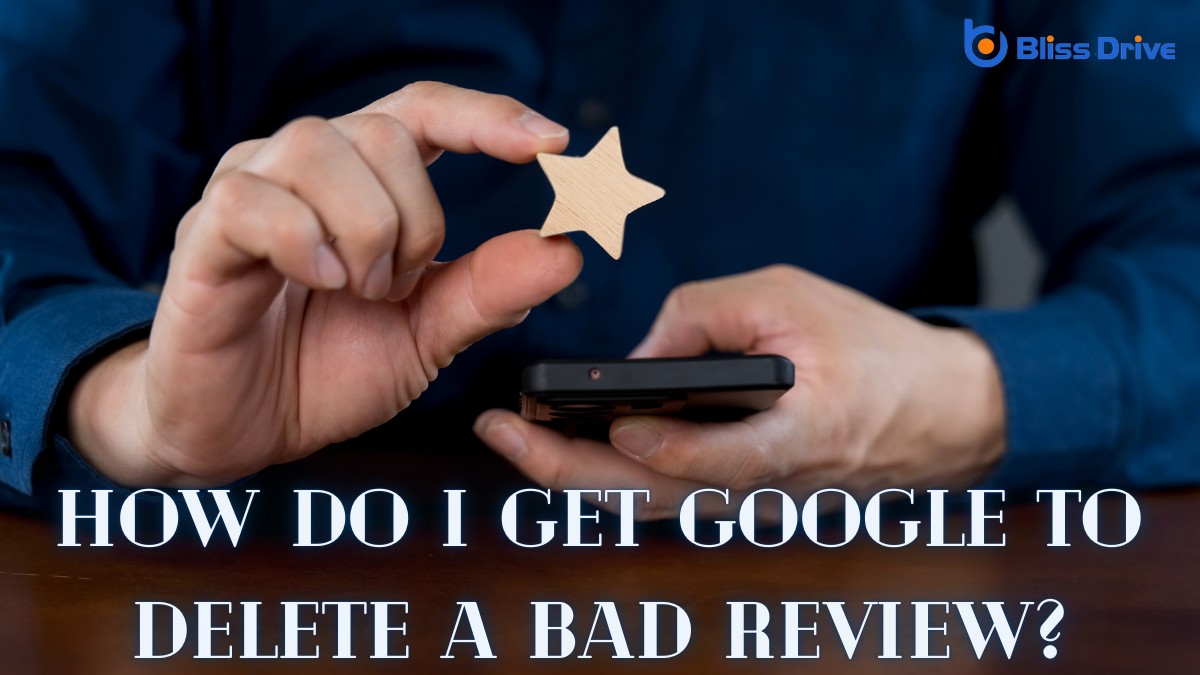Learn More About Us

I've been where you are, staring at a harsh review that feels undeserved and thinking about how to get it removed. It's not as simple as hitting a delete button, but there are ways to approach this effectively. Understanding Google's review policies is key, and identifying any violations can be your ticket to having it removed. Curious about the steps to take and how to craft a compelling request? Let's explore this together.
Before you plunge into the process of getting a bad review removed, it’s vital to understand Google's review policies. When I first faced a negative review, I realized how important it was to familiarize myself with what Google deems acceptable.
Google's policies aim to guarantee reviews are genuine and useful for everyone. They don’t allow content that's fake, spammy, or irrelevant. Reviews must be based on real experiences and not include offensive language or personal attacks.
Understanding these rules helps you determine if a review violates their guidelines. It’s not just about disagreeing with the opinion; it's about making sure the content complies with these standards. Knowing this empowers you to approach the issue rationally and increases the chances of successful removal.

When you're trying to get a bad review removed, the first step is identifying if it violates Google's policies. I start by checking if the review contains inappropriate content like hate speech, harassment, or explicit language.
Google's guidelines are clear about not allowing deceptive content or conflicts of interest, so I look for signs of fake reviews or competitors' interference.
Other violations include off-topic reviews that don't relate to your services or products. Personal information, like phone numbers or addresses, shouldn't be in reviews either.
It's essential to understand these guidelines because reviews that genuinely violate them have a better chance of being removed. By focusing on these violations, you can build a strong case for flagging the review for removal.
Once you've identified a review that breaches Google's guidelines, it's time to take action.
First, log in to your Google account and navigate to Google Maps or Search. Find your business listing, and locate the review in question.
Next to the review, click on the three vertical dots or "More" button and select "Flag as inappropriate." This will send the review to Google's moderation team for evaluation.
To effectively request the removal of a negative review, focus on crafting a clear and compelling message.
First, address Google directly and state the reason for your removal request. Be specific about the review’s violations of Google's policies, like hate speech or misinformation.
Use a calm, respectful tone, avoiding emotional language that could undermine your request. It's important to include any evidence you have that supports your claim, such as screenshots or correspondence.
Clearly outline how the review impacts your business unfairly.
Conclude your message with a polite request for action, expressing appreciation for their attention to the matter.

While negative reviews can be disheartening, they're not the end of the world for your business. Instead of dwelling on them, focus on strategies to manage your online reputation effectively.
First, respond promptly and professionally to all reviews, showing customers you value their feedback. This illustrates your commitment to improvement.
Encourage satisfied clients to leave positive reviews, gradually balancing the negative ones. Consistency is key—regularly monitor your online presence and address any issues promptly.
Engaging with your audience on social media also builds a positive image. Remember, transparency and honesty foster trust.
If a review violates Google's policies, report it. Ultimately, it's about creating a reputation that reflects your business's true values and dedication to customer satisfaction.
In managing your online reputation, it's essential to understand Google's review policies and identify any violations. If you spot a problematic review, don't hesitate to flag it. Log into your account, provide a respectful and clear explanation, and back it up with evidence. Regularly monitor your reviews and encourage happy customers to share their experiences. By taking proactive steps, you can protect your business's image and guarantee it reflects the quality you offerThe specific product or service being promoted by affiliates..
